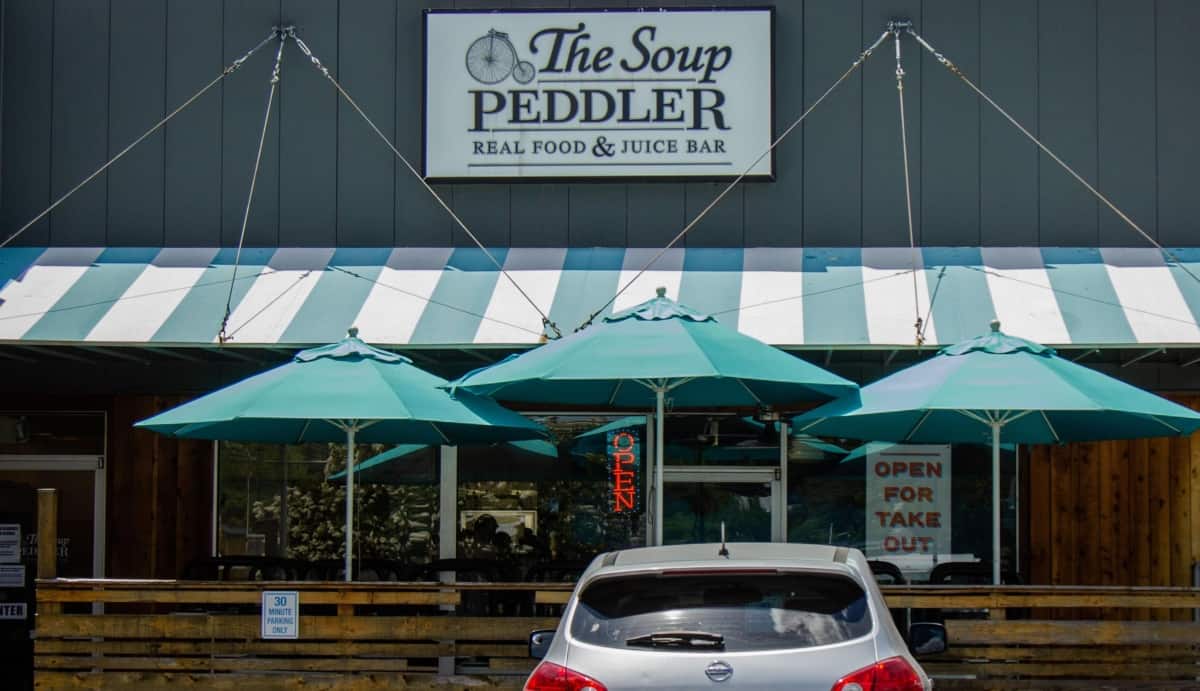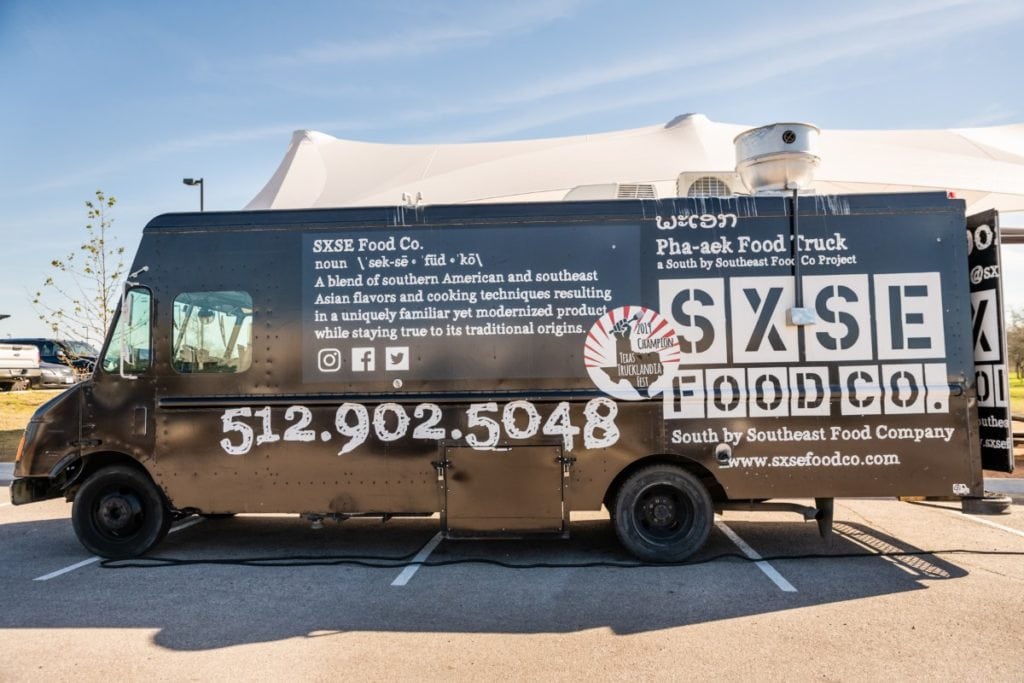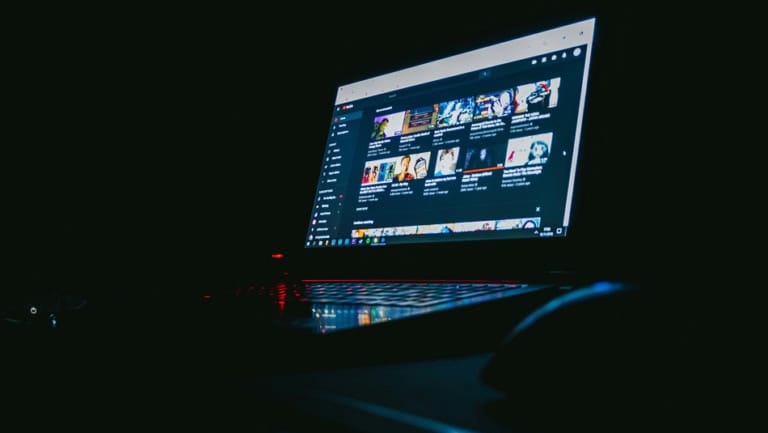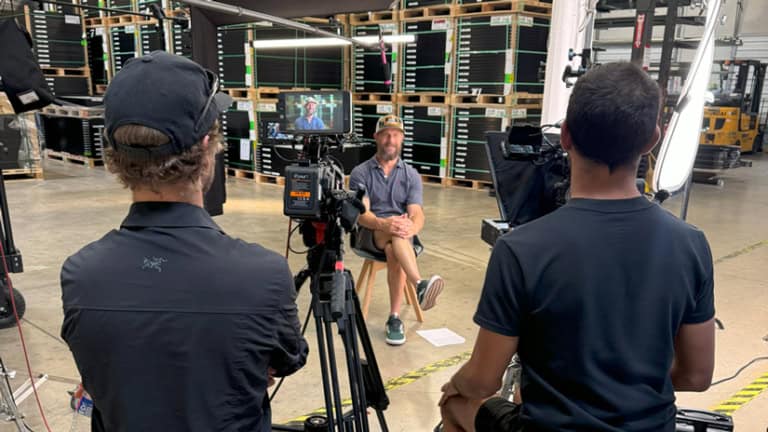
Among the many changes in Austin’s restaurant scene since the onset of COVID, perhaps the most interesting development is restaurants’ growing reliance on delivery apps.
The relationship between restaurants and services like Grubhub, Uber Eats, DoorDash, and others has been contentious due to restaurants’ slim margins and the fees and commissions charged by apps.
Pre-COVID, many restaurants could operate without feeling beholden to delivery apps. That changed as restaurants closed to dine-in guests and then reopened at reduced capacity. Curbside takeout and delivery is now a lifeline for restaurants.
App companies typically take 20-40 percent per order. Some apps charge marketing fees for restaurants to be featured. Typically, delivery fees and tips for drivers aren’t shared with restaurant staff.
Eldorado Café on W. Anderson Lane won’t open for dine-in service until at least July. Owner Joel Fried says delivery services have helped his business withstand a 53-person layoff and a 30 percent drop in revenue from 2019.

“(Delivery) has a huge impact on our business,” Fried said. “Before the pandemic, we were pretty snobby about delivery service. We just had a real negative opinion.
“It just seems that the order always gets screwed up with those guys and we’d get angry customers yelling at us.”
To continue operating, Fried temporarily reduced his menu, sold alcoholic drink kits, and earned about $7,000 from gift cards. The restaurant also grew its web presence.
“Online ordering jumped to about 70 percent of our business,” he said. “We’ll take any dollar we can get right now.”
Fried doesn’t have a direct relationship with services like DoorDash and Grubhub, but he says things have improved with Austin-based Favor.
“You can call somebody, that’s what I like about Favor,” he said. “They seem to be more established, and when they partnered with H-E-B, that gave us a real vote of confidence.”
Delivery Apps Extend Help To Restaurants
A Grubhub invoice went viral in April 2020 after showing a restaurant’s net sales resulted in $376.54 after subtracting $666.09 for commissions, fees, order adjustments, and promotions.
The average fee for restaurants to market on Grubhub is 10-20 percent in addition to delivery fees. Also, Grubhub charges a 3.05 percent + $0.30 processing fee on each order, “to cover credit card processing, fraud production, undeliverable orders, customer care inquiries and other support requests we handle on behalf of the restaurant,” the company said in an email.
To ameliorate the tension, delivery apps say they have made efforts to help restaurants.
Grubhub allows restaurants to sell meals through its app even if they don’t use Grubhub’s drivers. This adds a 10 percent fee to orders. Grubub also set up a Community Relief Fund that it says has raised $1 million a month on average for charitable organizations that support drivers and restaurants.
DoorDash said that it has introduced commission relief and marketing support to help generate up to $200 million in additional sales for restaurants this year. The company also launched DoorDash Storefront, which enables restaurants to create their own online stores without paying commissions.
From April to the end of May, DoorDash cut commissions in half for restaurants with five or fewer locations.
Despite these goodwill gestures, the fact remains that restaurants are struggling to stay open while GrubHub appears to be flourishing with record revenue. Meanwhile, several delivery companies face an antitrust lawsuit filed in New York in April.
How Delivery Apps Impact Consumers
Commissions drive the biggest wedge between restaurant owners and delivery apps. Bob Somsith, who owns Austin’s SXSE Food Co. truck, balked at raising prices 30 percent to compensate for delivery app fees.
“I’ve tried doing it and raised mine by 15 percent, just to cover costs, but I don’t feel right charging the customer an additional 30 percent,” he said. “The price is already high enough as it is. Adding 30 percent on top of it doesn’t really help the cause.”

Somsith says he’s lost $75,000 in revenue, about half his business, due to lost contracts and event cancellations. He’s adjusted by frequenting apartment complexes and housing subdivisions, but he has the headache of manually updating the address of his truck in each app whenever he switches locations.
Longtime Austin dining staple Soup Peddler sees the trend toward takeout and delivery as a return to its roots. It began as a bike-powered soup delivery business, and owner David Ansel briefly considered dusting off old website code to restart it.
Instead, he chose one in-house delivery app, Favor, to avoid confusing customers with too many options. He negotiated a mandatory 10 percent fee in tips for his employees, which “defuses the tension that is normally there between Favor drivers and store staffers,” he said.
At the macro level, animosity between restaurants and apps could rise if the fragmented delivery market consolidates, tilting leverage toward apps. Uber recently considered an acquisition of Grubhub, but Grubhub instead combined with Just Eat Takeaway.com.
Ansel, who doesn’t pay to market his business on delivery apps, remains optimistic about his restaurant’s future. But he doesn’t foresee getting a paycheck for a while.
“It’s just dumb luck our business model is set up for takeout and delivery,” he said. “I think that the enterprise is going to stay afloat and make it.”



